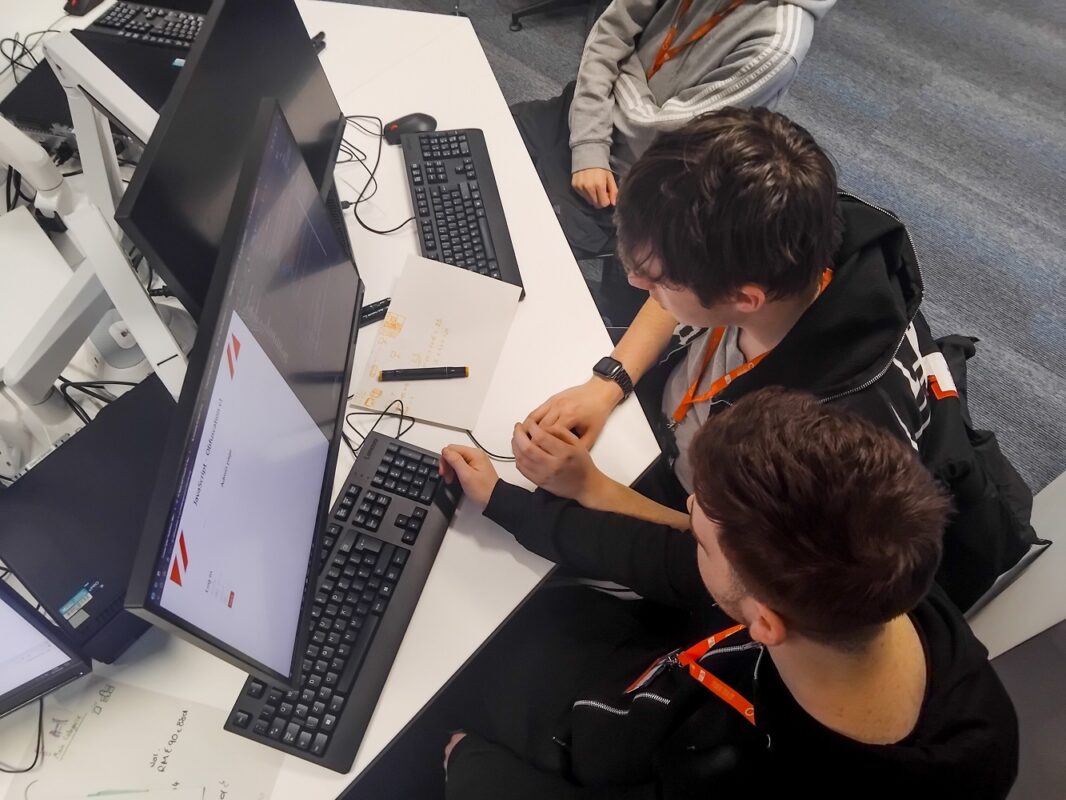Majority of Scottish Citizens Believe IoT and Digitisation Will Enhance Education in Scotland

@Capita research highlights benefits of #IoT and connected #EdTech – Scottish citizens ready to embrace #digital technology in the #SmartClassroom
More than eight in 10 (85 per cent) Scottish citizens believe the internet of things (IoT) and digital technologies will enhance education in Scotland, according to new research commissioned by Capita’s Technology Solutions division on behalf of the Scottish Wide Area Network (SWAN).
The research explores the attitudes of Scottish citizens towards increasing the use of digital technologies and IoT in education. Overall, the research shows the majority of Scottish citizens see benefits to introducing new technologies in education – particularly in enhancing learning for students with disabilities and additional support needs (91 per cent), and connecting and improving attainment for students living in remote and rural areas (92 per cent).
“We’re seeing new technologies developing all the time which can help build smart classrooms and campuses across Scotland,” said Jack Anderson, Head of Digital & Innovation for SWAN at Capita. “Ultimately, these technologies can be an advantage to every student in Scotland. This is particularly true when it comes to ensuring equal access to education – especially for those in remote and rural areas – and helping them prepare for a tech-driven future. We’re seeing a lot of government investment into high-speed internet across Scotland – especially for the one in five of households that remain unconnected. We now need to make sure citizens across these remote and rural regions are aware of the possibilities that come with the right infrastructure and reliable connectivity.”
Citizens call for more technology
Digital channels have the potential to bridge gaps between education providers and students. The research shows 84 per cent of Scottish citizens think schools and universities should provide more remote and distance learning services. Students can be dispersed across large geographical areas including islands, and with the shortage of teachers in rural areas, distance and remote learning services are particularly important for Scotland. The use of digital channels can help ensure attainment in rural areas matches that in cities, where access to education services is more straightforward. The University of the Highlands and Islands (Oilthigh na Gàidhealtachd agus nan Eilean), for example, uses video technology owned and operated by Ajenta, a SWAN partner, to deliver educational courses across 70 learning centres.
“We are already seeing the benefits of digital technology in education – the SWAN network has allowed us to deliver courses to anywhere in the world via distance learning,” said Jem Taylor, Head of Strategy and Development in the University of the Highlands and Islands’ learning and information services department.
“Digital technologies have removed many of the geographical barriers that previously restricted students’ learning. With our learning centres spread around the Highlands and Islands, Moray, Argyll and Perthshire, this has been invaluable in helping us level the playing field for further and higher education in the region.”
Unique challenges for Scottish education
When asked about the potential of digital technologies in education, citizens were positive about a number of benefits, including interactive learning (60 per cent), and distance and remote learning (56 per cent). Citizens in areas like the Highlands, however, had slightly lower expectations – for instance, a fifth (20 per cent) of those in the Highlands stated they don’t see any benefits of digitalisation in education, compared to 10 per cent overall. This is because, historically, connectivity in this region has been harder to come by so expectations are more tempered; as connectivity improves, this response is likely to change accordingly.
While the technology to provide more connected education and more digital public services is continuing to evolve, Scotland needs the infrastructure to support it, particularly in some harder-to-reach areas. The IoT and digital technologies that have the potential to transform Scottish education require secure, fast and reliable connectivity to operate. The UK Government and Scottish policy makers are working to address this issue and build the necessary infrastructure, with SWAN supporting these efforts.
“Scotland is a nation of innovators, but we can only unleash that potential if we have the means to communicate and share ideas effectively,” said John Wilson, CEO and Co-Founder of Ajenta.
“This begins in the classroom, where access and equity in education resources, and efficient knowledge sharing, is the key ingredient for a nation to gain global economic and human advantage. There is a global shortage of teachers, and this is a genuine challenge in Scotland. Our aim is to overcome this issue by connecting as many classrooms as possible with digital and smart tech, to help schools and universities share learning resources and collaborate easily. SWAN offers a comprehensive level of connectivity that makes this possible.”
This report is the final in a series of three:
- The first report explored digitalisation and IoT in healthcare
- The second looked digital technology in local government services
- This report looks at digital transformation and the IoT in education services
Methodology: The research was undertaken in May-June 2019, commissioned by Capita Technology Solutions on behalf of the Scottish Wide Area Network (SWAN) and conducted by independent market research company, Opinium. The total sample size of 2,000 consists of Scottish adults aged 18 or over, from all regions of the country.











Responses